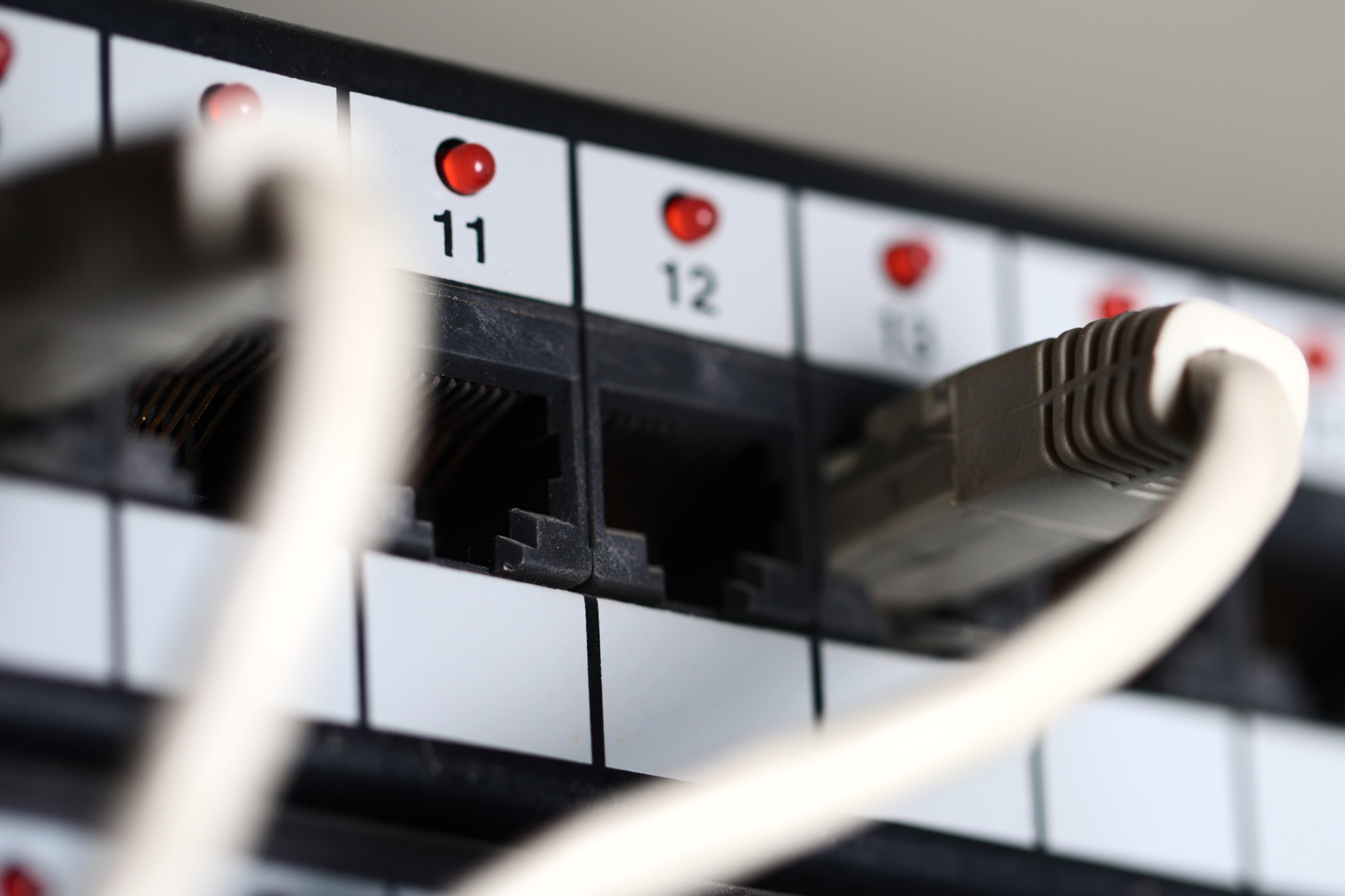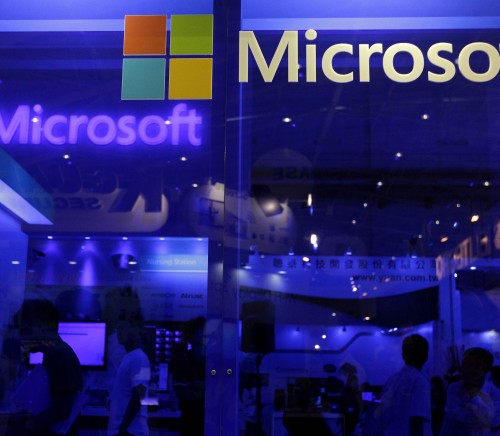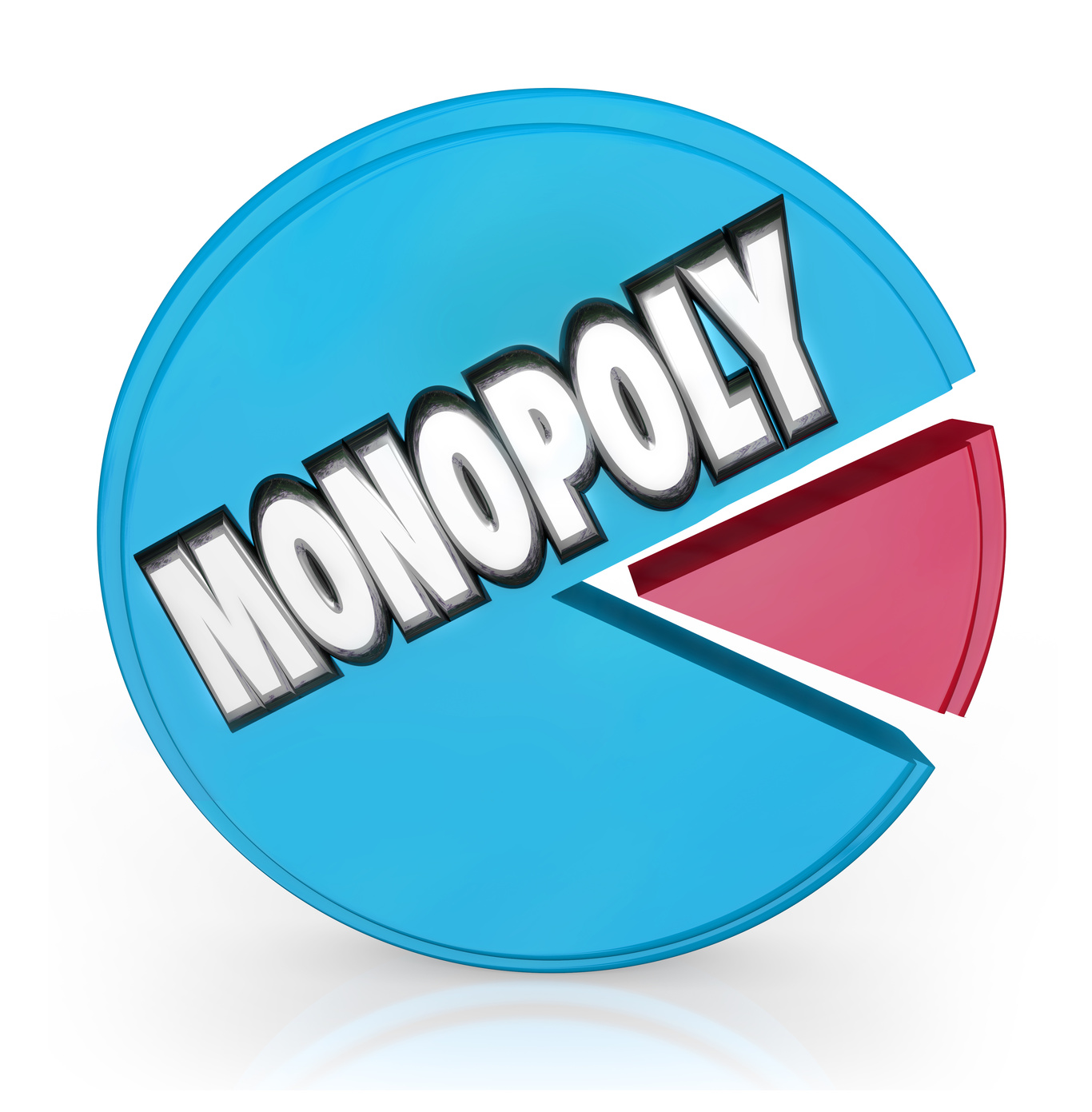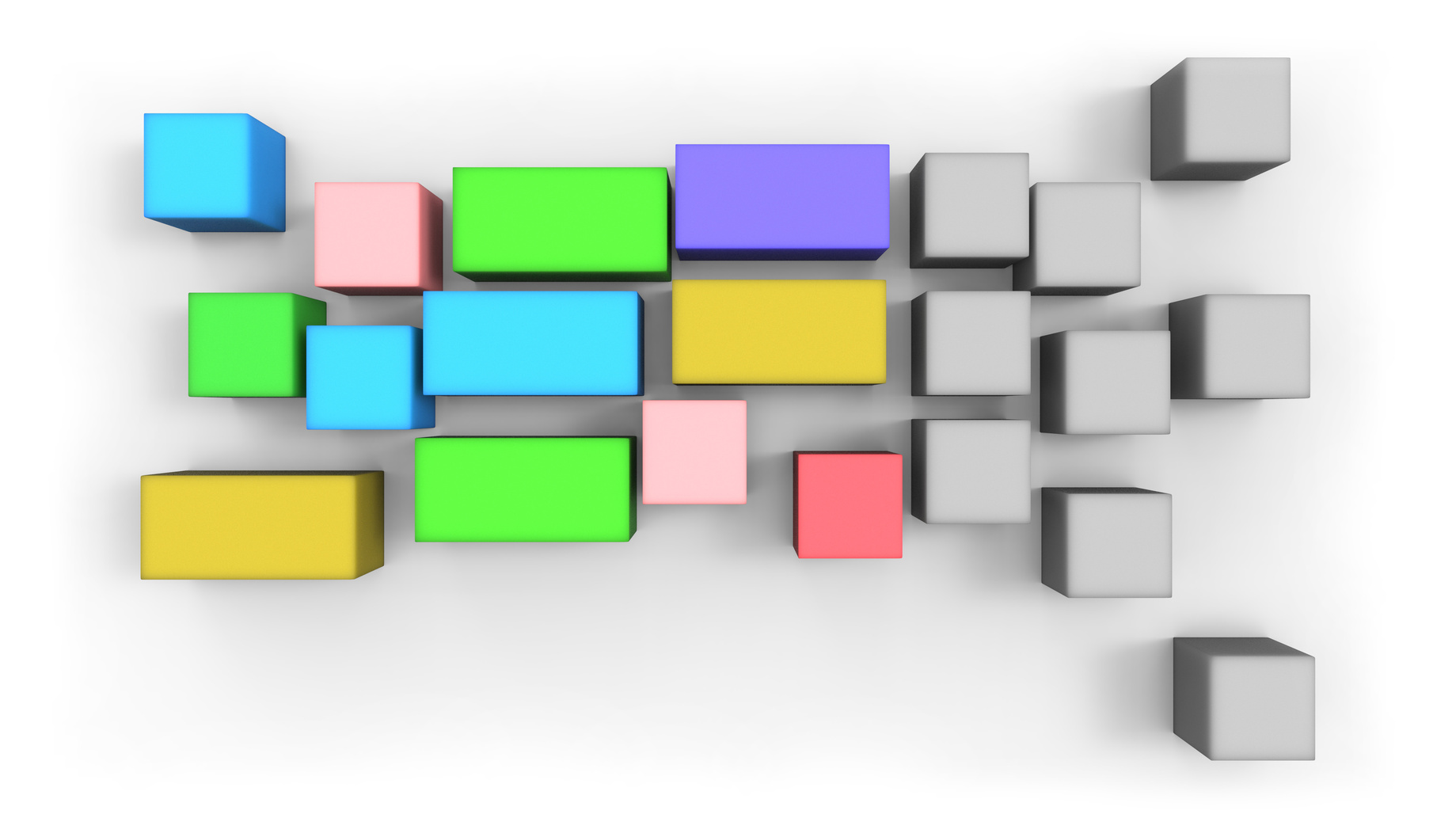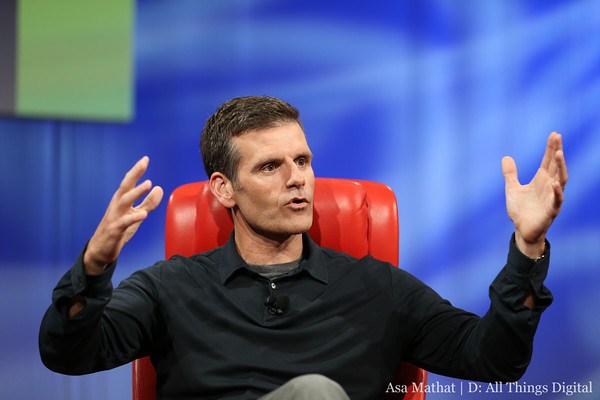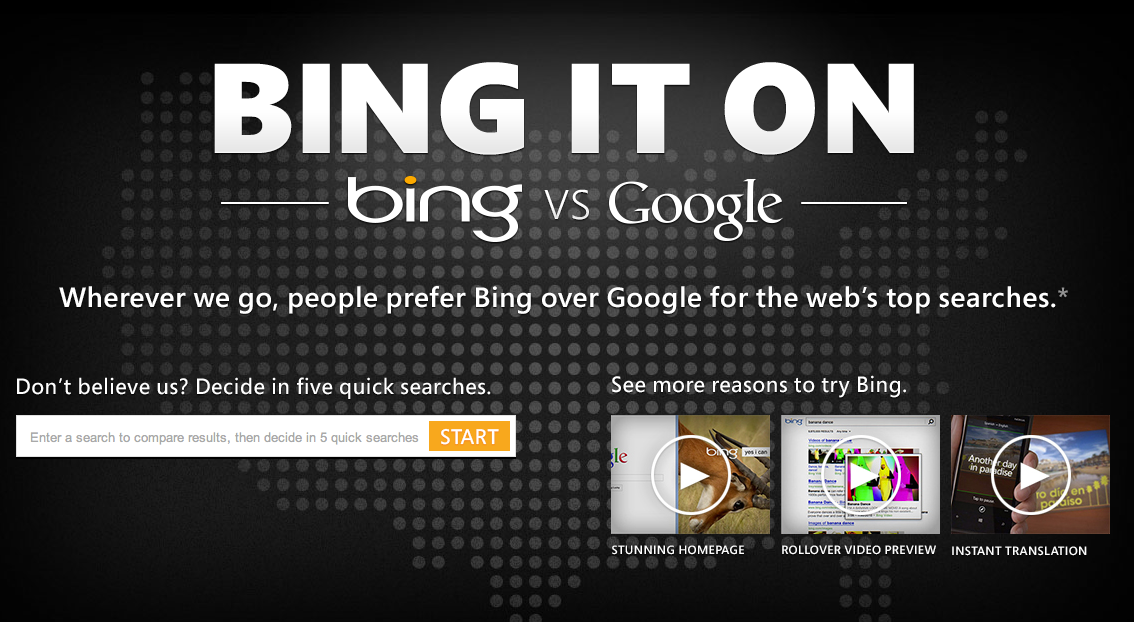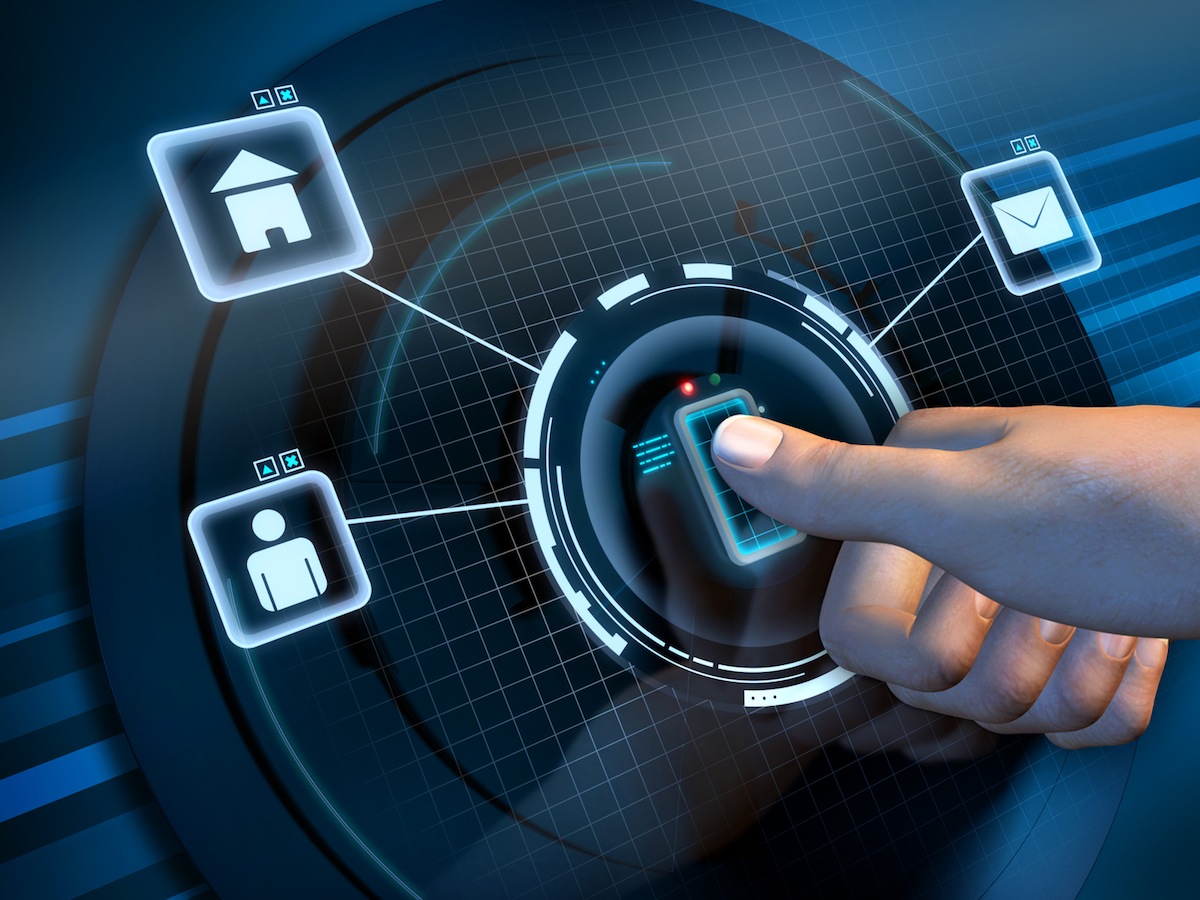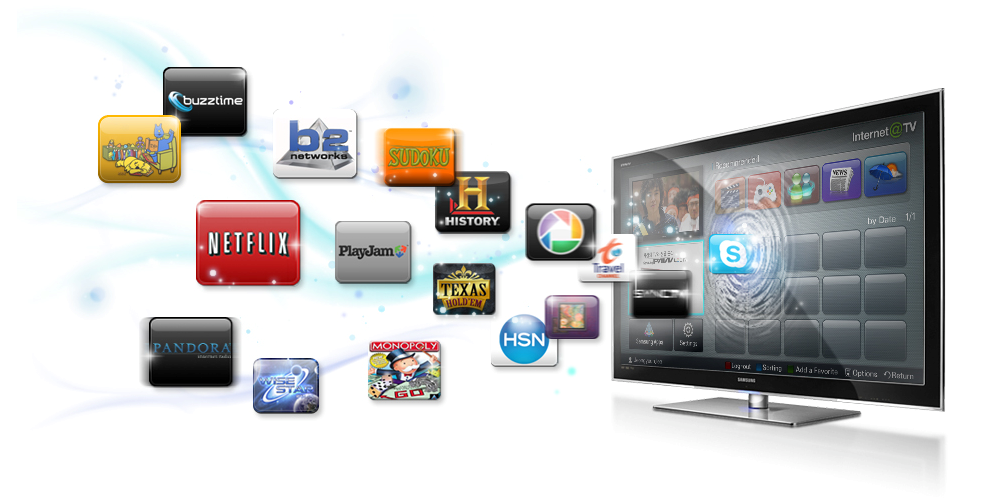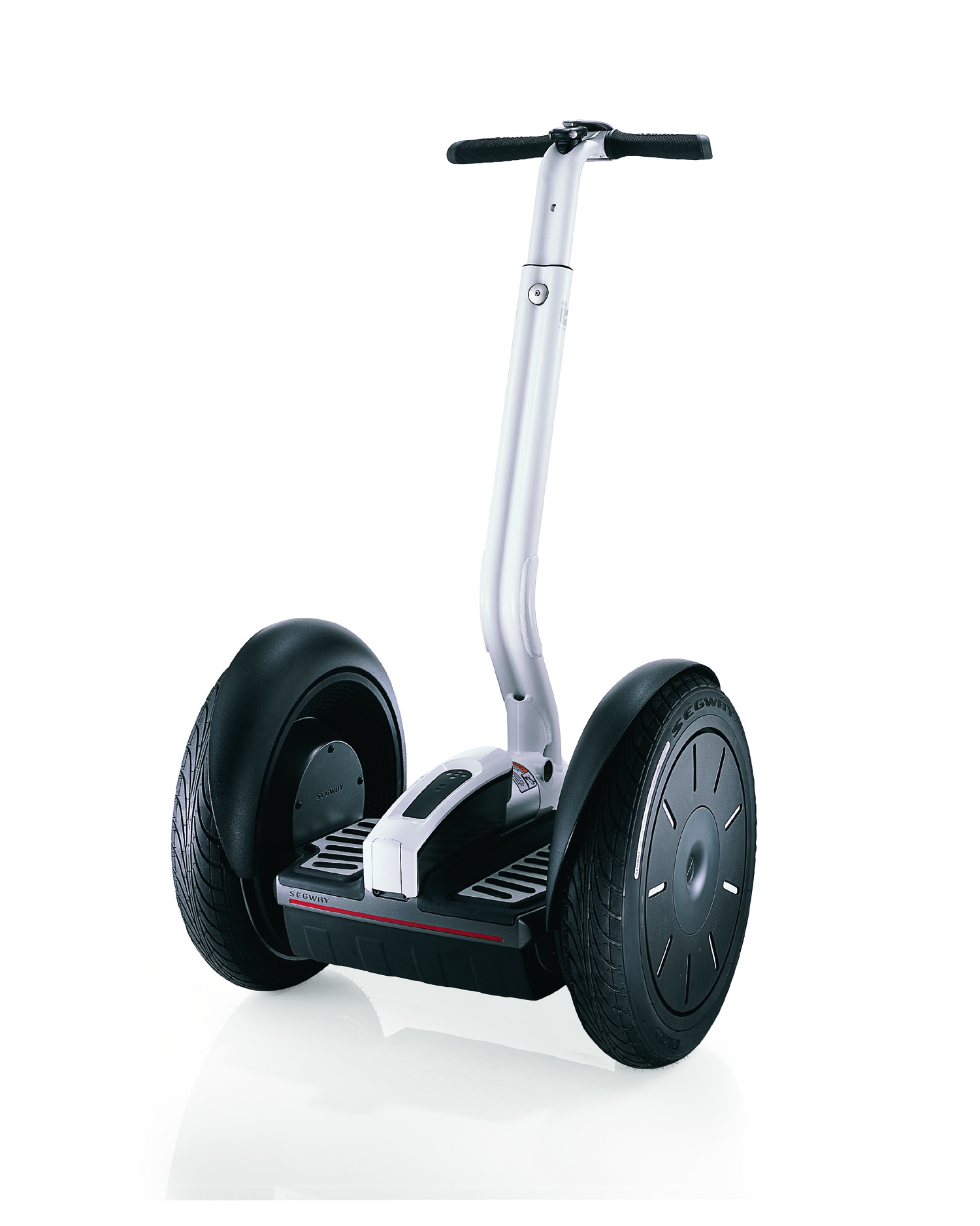Since the revelations about the extent of telephone and internet surveillance by the National Security Agency first broke a couple of weeks ago, I’ve been struck by how little outrage there has been aside from activists at the left and right end of the political spectrum. Today, my wife Susan, who is tech savvy but doesn’t live and breathe this stuff the way I do, answered the question:
I assume that whenever I type something on a computer somebody is watching. How is the government different from Google?“
The fact is that most of us have, without really thinking about it, surrendered our assumptions of privacy. Someone–it may be Big Brother, or a private company that can be forced to share the information with Big Brother without telling us–is watching and we no longer much care. This attitude has seriously interfered with our ability to work up much outrage.[pullquote]Someone–it may be Big Brother, or a private company that can be forced to share the information with Big Brother without telling us–is watching and we no longer much care.[/pullquote]
There’s another factor. The NSA/CIA/FBI abuses of the 1960s and 70s, revealed in detail by the Church Committee and other investigations did real harm to real individuals and groups. People and groups were targeted for surveillance and sometimes harassment based on their constitutionally protected opinions, speech, and actions. People were outraged because the government’s behavior was outrageous.
So far, at least, no one has been able to point to any harm to individuals or groups that has been caused by NSA surveillance. Most Americans regard their government as mostly benign and the threat raised by government information collection is very abstract. As Matt Blaze of the University of Pennsylvania pointed out at the Computers, Freedom, Privacy conference in Washington, most Americans are comfortable with the government having the information as long as Barack Obama or George W. Bush wan in charge (though few people are equally comfortable with both), but almost no one would trust Richard Nixon with it. Nixon is safely out of the picture.
Personally, I am far more bothered by NSA vacuuming up records on every phone call made in the U.S. than I am by the PRISM program for collecting internet data. There is still much we don’t know, and probably never will know, about PRISM, but it sounds mainly like a streamlined system for NSA to retrieve targeted information, officially only on ”non-U.S. persons,” from internet companies.
On the other hand, the collection of phone data gives the government a shockingly complete record of our lives. In many ways, this so-called metadata is more useful than the content of the calls themselves because the data can be parsed by computer. Courts have long imposed a much weaker standard for the collection of call data, which requires only a subpoena, than for content, which requires probably cause and a wiretap warrant. But those rules were written before computers made the analysis of data far more powerful and potentially far more destructive of privacy.
At the CFP conference, NSA whistleblower Thomas Drake has a friendly audience for his attacks on NSA suspicionless surveillance. His bitterness at the agency is understandable, since it hounded and (unsuccessfully) prosecuted him for revealing financial mismanagement more than any intelligence secrets. But he went over the line when he compared the NSA to the Stasi, the East German secret police that set the Warsaw Pact standard for spying on its own citizens.
But the Stasi destroyed lives by the thousands for sins, real or imagined, turned up by its snooping. So far, there is no evidence NSA’s collection of information has been abused, again accounting for the lack of any real public outrage. But it is sitting there on the NSA’s computers and that is dangerous, given our own history of abuse. Maybe this information has been useful for disrupting some terror plots, but we need a discussion of whether it was worth the price–a discussion in which the government has been unwilling to engage.
